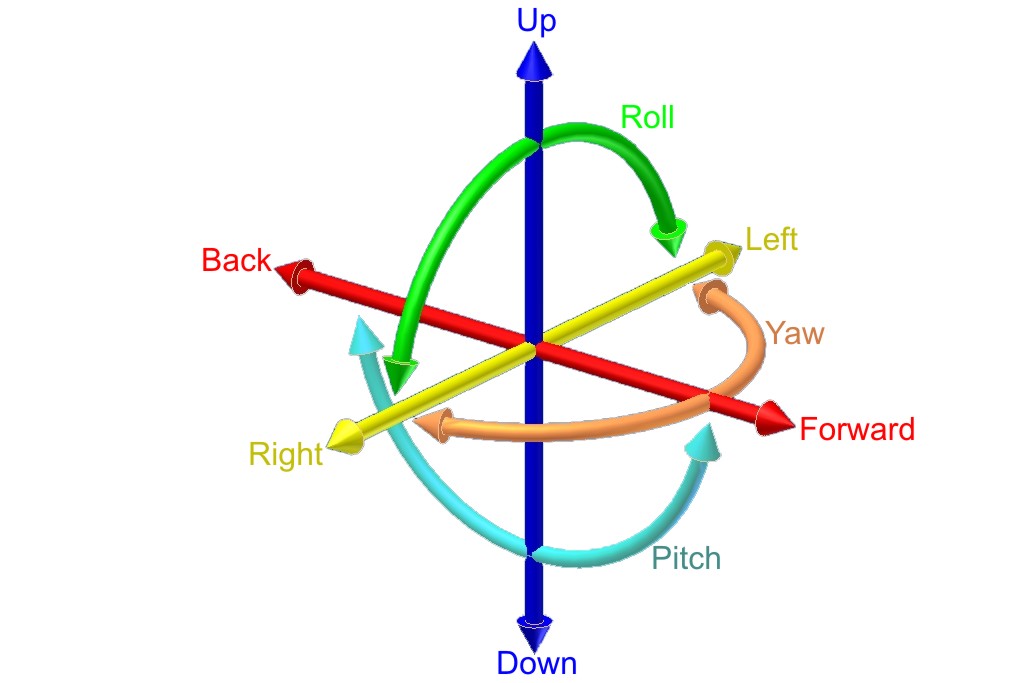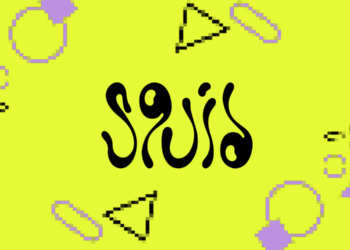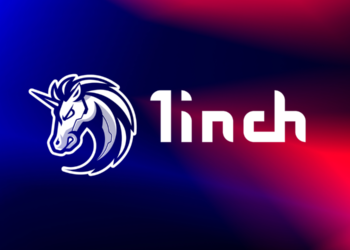When mentioning VR content, you may hear the term 6 Degrees of Freedom or 6DoF for short being thrown around. In short, 6DoF refers to the freedom of movement within a VR experience. While monoscopic 360 videos do not offer the freedom to explore the video, stereoscopic content allows one to lean in, and move inside the simulation.
Specifically the 6DoF refer to the ability to change one’s position in 6 ways. Forward and backward, up and down, left and right, roll, yaw, and finally the pitch. Most VR video games allow for such movement which makes the experience much more immersive.
In order to achieve full 6DoF an Inertial Measurment Unit (IMU) is required in a headset which can track the user’s velocity, orientation, and position. Headsets like the HTC Vive, the Occulus Rift, and the Playstation VR all have an IMU, which with combination of the tracking base stations allows for the headsets to accurately track your position within a predefined space.
On the other hand, headsets like the Google Cardboard and Samsung Gear VR only allow for rotational tracking which means it only has 3 Degrees of Freedom (Yaw, Pitch, and Roll). Since the headsets only use a Magnetometer, there is no way for the HMDs to track one’s position within a space.
6DoF may also refer to games that do not necessarily meet the criteria for all the movements. Some VR games allow movement and rotation, but do not quite allow leaning. These games are still classified as 6DoF as what is most important is the ability to move throughout a virtual space.
Furthermore, there are 3 types of operational categories in 6DoF. Direct type allows for one to control all the 6 movements and interact with the environment directly. Semi-direct type allows for the manipulation of movements when certain conditions are met, for example, when an airplane’s thrusts are activated the plane will move in a certain degree of freedom. Last but not least, the indirect type is when a user has no command over the interaction of the environment, for example, a pitching motion of a ship at sea.
In short, 6DoF refers to the impressiveness of a VR experience. If it contains all the required degrees of movement the VR experience is as immersive as can be, however if it lacks certain dimensions the simulation won’t feel as real and won’t be as captivating.
If you liked this article make sure to follow us on twitter @thevrbase and subscribe to our newsletter to stay up to date with the latest VR trends and news.












